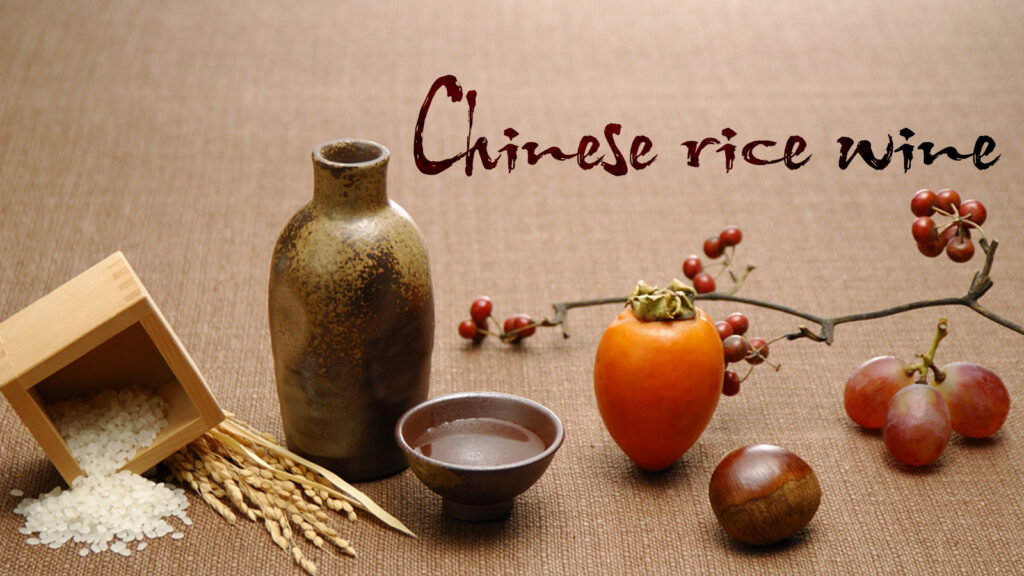
Chinese rice wine, a beloved beverage steeped in centuries of tradition, offers a unique sensory experience unlike any other. This aromatic spirit, crafted from fermented rice, boasts a delicate sweetness and subtle floral notes that tantalize the palate. Whether enjoyed warm on a chilly evening or chilled as an aperitif, Chinese rice wine provides a delightful glimpse into the rich cultural tapestry of China.
This article delves into the fascinating world of Chinese rice wine, exploring its historical roots, diverse varieties, distinct flavor profiles, and profound cultural significance. From ancient brewing techniques to modern interpretations, we’ll embark on a journey that celebrates this timeless beverage and its enduring legacy.
History of Chinese Rice Wine
The history of Chinese rice wine stretches back millennia, with evidence suggesting its production as early as the Neolithic period. Archaeological discoveries have unearthed pottery vessels dating back over 7,000 years, hinting at the ancient origins of this cherished drink. Over centuries, various dynasties refined brewing techniques, leading to the development of diverse styles and regional variations.
During the Han Dynasty (206 BCE – 220 CE), rice wine gained widespread popularity as a staple beverage enjoyed by people from all walks of life. It was considered a symbol of prosperity and good fortune, often served at banquets and religious ceremonies. The Tang Dynasty (618–907 CE) witnessed a flourishing of rice wine production, with renowned brewers establishing themselves across the empire.
Throughout Chinese history, rice wine has played a pivotal role in cultural rituals, medicinal practices, and everyday life. Its versatility and adaptability have ensured its enduring presence as a beloved beverage across generations.
Types of Chinese Rice Wine
The world of Chinese rice wine encompasses a wide array of styles, each with its unique characteristics and flavor profile. Some popular types include:
- Huangjiu (Yellow Wine): This classic style is known for its rich amber color and complex aroma. It typically has a higher alcohol content than other varieties and is often enjoyed warm or at room temperature.
Shaoxing Wine: Originating from the Shaoxing region in Zhejiang province, this type of rice wine is renowned for its mellow sweetness and subtle nutty notes. It’s widely used in cooking and is also enjoyed as a standalone beverage.
Maotai (Kweichow Moutai): This highly prized baijiu, a clear spirit distilled from sorghum, often incorporates rice wine in its production process. It boasts a strong aroma and a fiery kick, making it a popular choice for special occasions.
- Rice Wine Cocktails: Modern bartenders have embraced Chinese rice wine, incorporating it into innovative cocktails that blend traditional flavors with contemporary twists.
Flavor Profile and Serving Suggestions
Chinese rice wine offers a captivating flavor experience characterized by its delicate sweetness, subtle floral notes, and hints of spice. The specific taste profile varies depending on the type of rice wine and its production methods.
Drinking Chinese Rice Wine can be enjoyed in various ways:
- Warm: Served gently heated, it enhances the aromatic complexity and mellows the flavors.
- Chilled: Enjoyed chilled, it offers a refreshing and invigorating experience, particularly during warmer months.
- Cocktails: Incorporating drinking Chinese rice wine into cocktails adds a unique dimension of flavor and complexity.
Cultural Significance and Traditions
Chinese rice wine holds a profound place in Chinese culture, deeply intertwined with traditions, rituals, and social gatherings.
Festive Celebrations:
During Lunar New Year celebrations, families gather to toast with drinking Chinese Rice Wine, symbolizing good fortune and prosperity for the coming year. It’s also an integral part of wedding ceremonies, where it represents happiness and unity.
Medicinal Uses:
Traditional Chinese medicine has long recognized the health benefits of rice wine, believing it to aid digestion, boost immunity, and promote longevity.
Conclusion
Chinese rice wine is more than just a beverage; it’s a cultural treasure that embodies centuries of tradition, artistry, and culinary innovation. From its ancient origins to its modern interpretations, this aromatic spirit continues to captivate palates and enrich the lives of those who savor its unique flavors. Whether enjoyed as a warm comfort on a chilly evening or as a refreshing accompaniment to a festive gathering, drinking Chinese Rice Wine offers a delightful journey into the heart of Chinese culture.
